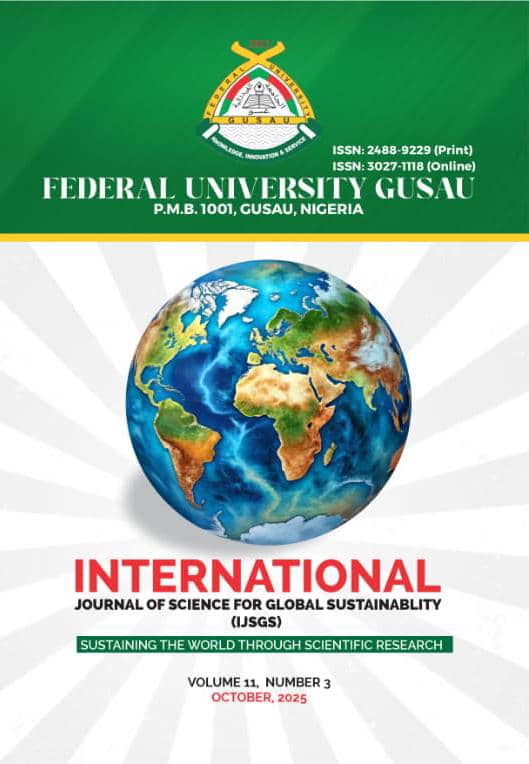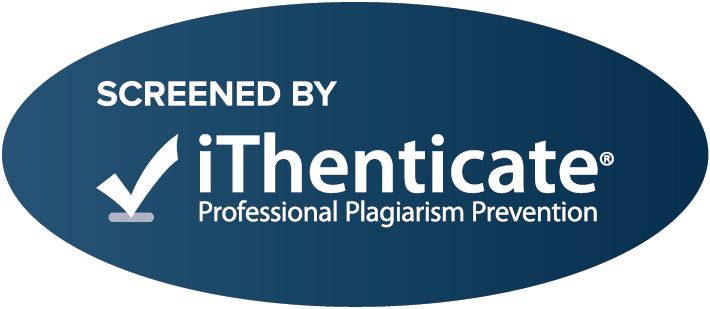Judd-Offelt Analysis of Sm/Dy Codoped Borate-Based Glasses Co-embedded with Gold and Silver Nanoparticles.
DOI:
https://doi.org/10.57233/ijsgs.v11i3.949Keywords:
Judd-Ofelt, silver nanoparticles, co-embedment, rare earth ions, glassesAbstract
Metallic nanoparticles through their localized surface plasmon resonance plays a vital role in enhancing the optical absorption and emission of rare earth ions doped glasses aimed at optics/photonic applications. In this work, a series of borate based glasses was synthesized and co-embedded with gold and silver nanoparticles through melt-quenching technique. Judd-Ofelt analysis was done to determine the absorption and emission traits. The Uv-Vis-NIr absorption measurement revealed eleven 6H15/2 to manifold absorption bands. While the addition of 0.03 mol% of AgNPs saw the reduction in the absorption intensity as revealed by S2 glass sample, the addition of 0.1 mol% nanoparticles saw the enhancement of the absorbance attaining the highest value as proved by S3 glass sample. Bandgap energies for the developed glasses were determined using Tauc’s plot with S4 producing the highest value of 2.3 eV. Furthermore, the oscillator strength of transition 6F5/2 was found to be decreased from 0.374 to 0.178 ×10-6 while that of 6F7/2 increased from 0.589 to 0.594×10-6 with the introduction of the nanoparticles co-embedder. Judd-Ofelt intensity parameters Ω2, Ω4 and Ω6 were derived from the oscillator strengths and the magnitude of Ω2 corresponding to S0 decreased down to 0.81 ×10-20 cm2 from 1.15×10-20 cm2 which is further reduced to 0.58×10-20 cm2 with the co-embedding activity. Perhaps, structural re-adjustments within the glass network is responsible for the observed fluctuations. Conclusively, due to the achieved striking absorption and emission cross-sections, we suggests that the present glass-REions-metallic nanoparticles combination may be useful for laser and white light emitting diodes applications.
Downloads
Published
How to Cite
Issue
Section
License
Copyright (c) 2025 Author(s)

This work is licensed under a Creative Commons Attribution 4.0 International License.












